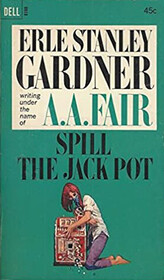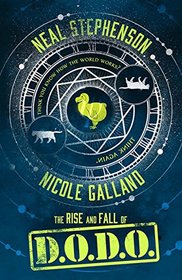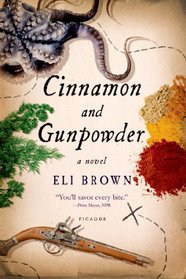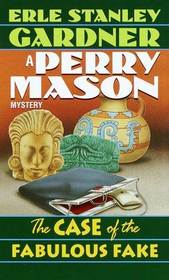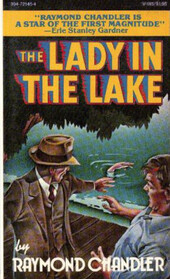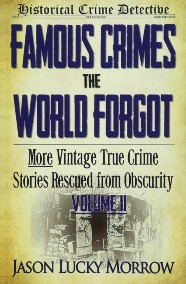By Nancy C. (nancyzc)
How should an author write about a character who really lived? Sometimes fiction is the best approach. Ella Leffland discarded her biography of the World War II Nazi Hermann Goering in its early stages, then wrote an excellent, vivid novel about him called The Knight, Death, and the Devil. Other authors may have little material to work with (usually because the subject lived long ago), but attempt a biography anyway. Anne Neville: Queen to Richard III by Michael Hicks was not a worthwhile biography because there just isn’t enough known about this 15th-century woman. However, Anne’s story treated with the imagination that a novel requires could turn out well.
Sometimes straight biography is the answer even if source material is scarce. A good biography based on practically no documents at all is Book of Ages: The Life and Opinions of Jane Franklin by Jill Lepore. She writes about Benjamin Franklin’s sister Jane, and by extension about all American women of the Revolutionary War period, based on little other than letters and Jane’s Book of Ages, a handmade booklet listing her children’s birthdays and death dates. Franklin wrote more letters to Jane than to anyone else, and she was a great reader with strong political opinions, so we get insight into her personality. No likenesses of Jane or her children survive, but Lepore discovered a painting of Jane’s granddaughter which illustrates the dust jacket. I was completely entranced by this book. And one of the footnotes cited an English professor who taught me in college!
The Convert by Stefan Hertmans, finds a path between biography and fiction. Hertmans wants to tell the story of a Christian lady named Vigdis, born in France in 1070, who married a Jewish man and converted to Judaism. Their marriage—as you might imagine—was not only unpopular and scandalous but tragic. It is documented in only a very few papers preserved in a synagogue. So, with most concrete information missing, Hertmans must have decided a biography was out of the question. Instead, he tells Vigdis’s story in a novel in which he himself is also a character. He lives in a village where Vigdis lived and can quite literally trace her footsteps. So we have a twenty-first century viewpoint. We also get the viewpoint of the eleventh century as we see Vigdis become an outcast daughter, then a refugee, and finally a victim of the Crusaders who kill her husband and kidnap her children. And we learn a good bit of miscellaneous history, my favorite example being a description of the holy sites of Cairo. The Convert is one of the best novels I’ve ever read—and I have a book diary going back to 1961.

